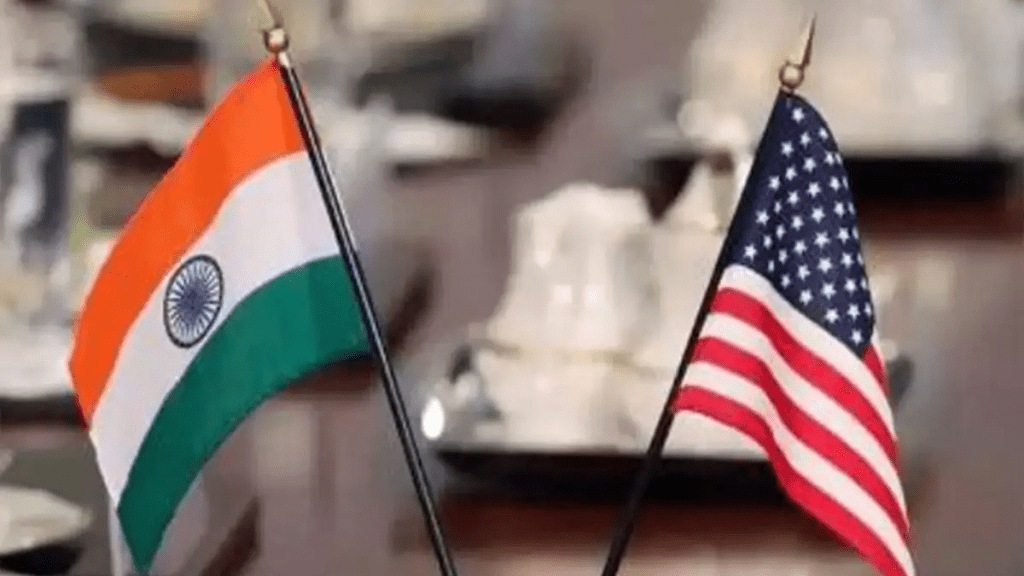By Abhijit Das, The writer is an international trade expert
After US President Donald Trump’s announcement of imposing a 25% penalty tariff on India for its trade relations with Russia, India’s exports to the US will face a 50% illegal import duty over and above World Trade Organization (WTO)-consistent tariffs. Trump’s latest salvo comes at the time when negotiators from the two sides are scheduled to meet within a few days for resolving the negotiating deadlock.
India’s negotiators have their task cut out. While protecting India’s agriculture from subsidised imports coming from the US is clearly a red line in the trade negotiations, certain other issues of core national interest also deserve attention of the negotiators. What are these issues? What could be the implications of agreeing to the US’s demands for India?
Apart from agriculture, there are at least five other issues that should constitute India’s core national interest in the bilateral negotiations. First, in respect of intellectual property, India is likely to be under pressure to make changes to its domestic patent laws for facilitating evergreening patents on pharmaceutical products. This could destroy India’s generic medicine industry, thereby resulting in a sharp increase in the cost of healthcare among the sick and poor. It is reassuring that the government has clearly spelt out its opposition to concessions in trade agreements that could result in evergreening of patents. However, it is also important that the government does not fall prey to the narrative being spun by some think tanks that to become an innovation-driven economy, India must make changes to its intellectual property and align its laws with those prevailing in the developed countries.
Second, in the digital arena, the US is likely to seek a commitment from India not to impose taxes on the exports of US digital products. In addition, India may be required to allow unrestricted cross-border data flows and implement mandatory sharing of government public data with US entities. These commitments would foreclose the possibility of generating revenue from the most vibrant economic sector and also compromise India’s ability to create domestic digital champions, especially in the artificial intelligence segment. Further, the government must not accept the simplistic opinion being promoted by some lobby groups and experts that accepting the US demand for a permanent moratorium on customs duties on electronic transmissions would boost India’s information technology (IT) and IT-enabled service exports. This is a technically complex and multi-dimensional issue. India’s negotiators must also remain mindful that bilateral concessions to the US would undermine our ability to protect patent legislation from legal challenges at the WTO.
Third, the US may demand that India provide a firm commitment to purchase defence equipment, aircraft, and energy products from it. It may not be prudent to purchase some of these products from the US if India is able to secure better terms and conditions from reliable non-US sources. This would also reduce our dependence on the US. Reducing its trade surplus with the US must not become India’s priority in the bilateral trade negotiations.
Fourth, India could also be required to open up its government procurement market for US suppliers on terms more favourable than what India has finalised with the UK under the recently-concluded free trade agreement. Expansive commitment to provide non-discriminatory treatment to US suppliers in India’s government procurement market would erode the government’s ability to utilise this policy instrument for boosting domestic manufacturing, especially in the micro, small, and medium enterprise sector. This would also strike a debilitating blow to some of the government’s flagship schemes, including Make In India and Aatmanirbhar Bharat.
Fifth, the US may demand that India give a firm commitment to invest in the US—concessions that the US wrested from Japan and the European Union. When India is trying to attract domestic and foreign investment, it would be unreasonable on Trump’s part to expect the country to commit to investing in the US.
In addition to the above, the “trade agreement” with the US may require India to provide concessions unrelated to international trade—the commitment not to purchase Russian oil being one such example. There is no mistaking the reality that even after an India-US trade deal, the US will continue to use the threat of tariffs to ensure that the Indian government’s policy decisions and other actions promote the economic and political interests of the US.
India’s red lines in respect of agriculture issues have been well-recognised by the government. However, it is not certain whether the risks arising from granting concessions to the US on other core issues mentioned above have been fully grasped by the trade negotiators, experts, and other stakeholders. Unlike agriculture, most of these core issues lack an organised and influential voice to advocate for their interests. It is for the government to ensure that access to affordable medicine, India’s digital future, and policy flexibility to give a boost to domestic manufacturing are not compromised through the India-US trade deal. India’s interests will be best served by being resolute and firm at the negotiating table, as has been demonstrated so far by the government, and keeping our long-term economic prospects in mind. The country must also be prepared to face the 50% tariffs in case the US’s demands prove to be too onerous. In the long term, this may be a small price to pay for protecting core national interests.

